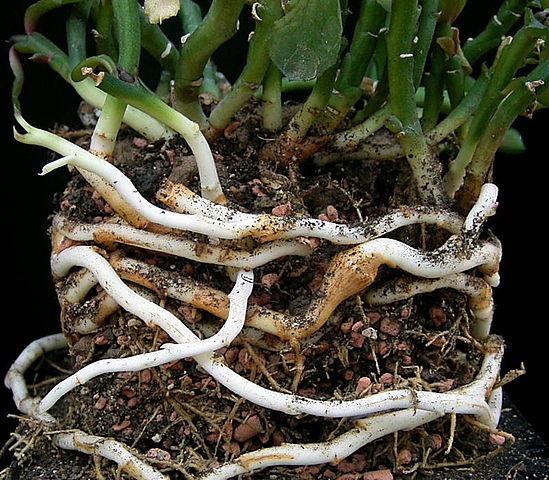Scutch grass, also known as Elymus repens or couch grass, is a persistent and invasive weed that can be challenging to control. Identifying and eradicating scutch grass requires specific techniques and persistence. Here’s how to recognize and deal with scutch grass effectively:
Identifying Scutch Grass:
- Appearance: Scutch grass is a perennial grass weed that typically grows in dense clumps or mats. It has coarse, upright stems that can reach heights of 12 to 40 inches (30 to 100 cm). The leaves are flat, smooth, and have a bluish-green color.
- Rhizomes: One of the key features of scutch grass is its extensive rhizome system. Rhizomes are underground, horizontal stems that give rise to new shoots and roots. Scutch grass produces long, white to pale yellow rhizomes, which make it difficult to eradicate.

- Seed Heads: Scutch grass produces seed heads with multiple spikelets that contain seeds. However, the primary mode of propagation is through its rhizomes rather than seeds.
Eradicating Scutch Grass:
- Cultural Control:
- Regular Mowing: Frequent mowing can help weaken scutch grass by removing its leafy growth. However, mowing alone is not sufficient for eradication.
- Hand Pulling: In small infestations, you can hand-pull scutch grass, making sure to remove as much of the rhizome as possible. Be vigilant because even small fragments of rhizome can regrow.
- Chemical Control:
- Selective Herbicides: Herbicides that specifically target grasses, such as those containing fluazifop or clethodim, can be effective in controlling scutch grass without harming desirable plants. Follow the manufacturer’s instructions for application.
- Non-selective Herbicides: Non-selective herbicides like glyphosate can also be used to kill scutch grass. However, these herbicides will kill any plants they come into contact with, so use them carefully.
- Cultivation and Soil Improvement:
- Tilling: In areas where scutch grass has taken over, you may need to till the soil to a significant depth to break up the rhizomes. This can be a labor-intensive process.
- Soil Amendments: Improve the soil conditions to make it less favorable for scutch grass. Properly fertilized and well-aerated soil can help desirable plants compete with scutch grass.
- Mulching and Smothering:
- Mulch: Apply a thick layer of organic mulch (e.g., wood chips or straw) to smother scutch grass and prevent it from receiving sunlight. This can weaken the plants over time.
- Black Plastic Sheeting: Covering the affected area with black plastic sheeting for several months can also smother scutch grass by blocking sunlight.
- Vigilance and Persistence: Scutch grass is resilient, and complete eradication may take time and multiple control methods. Regularly inspect your garden or lawn for any regrowth and take immediate action.
- Preventative Measures: To prevent scutch grass from spreading, avoid introducing contaminated soil or plant material to your garden. Ensure that any equipment or tools used in infested areas are cleaned thoroughly before being used elsewhere.
Remember that controlling scutch grass often requires ongoing management rather than a one-time solution. It’s important to stay vigilant and address any regrowth promptly to prevent it from spreading further.











